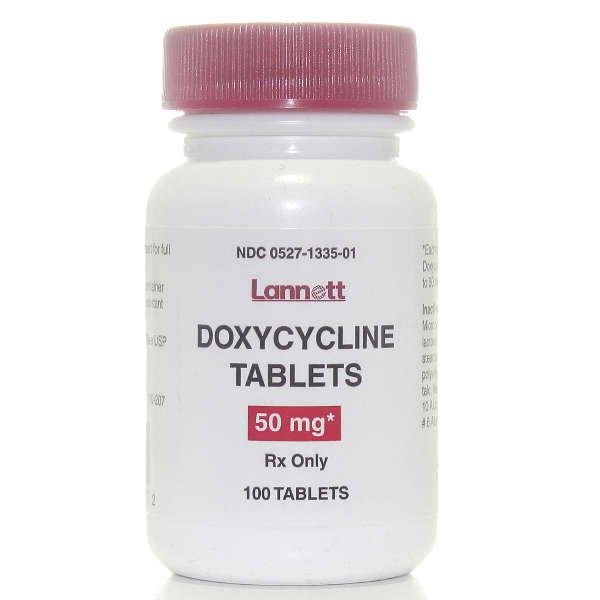

Respiratory tract and urinary tract infections caused by Klebsiella species.ĭoxycycline is indicated for treatment of infections caused by the following gram-positive microorganisms when bacteriologic testing indicates appropriate susceptibility to the drug: Shigella species Acinetobacter species (formerly Mima species and Herellea species) Respiratory tract infections caused by Haemophilus influenzae. Granuloma inguinale caused by Calymmatobacterium granulomatis.īecause many strains of the following groups of microorganisms have been shown to be resistant to doxycycline, culture and susceptibility testing are recommended.ĭoxycycline is indicated for treatment of infections caused by the following gram-negative microorganisms, when bacteriologic testing indicates appropriate susceptibility to the drug:Įscherichia coli Enterobacter aerogenes (formerly Aerobacter aerogenes) Bartonellosis due to Bartonella bacilliformis. Brucellosis due to Brucella species (in conjunction with streptomycin). Campylobacter fetus infections caused by Campylobacter fetus (formerly Vibrio fetus). Cholera caused by Vibrio cholerae (formerly Vibrio comma). Tularemia due to Francisella tularensis (formerly Pasteurella tularensis). Plague due to Yersinia pestis (formerly Pasteurella pestis). Relapsing fever due to Borrelia recurrentis.ĭoxycycline is also indicated for the treatment of infections caused by the following gram-negative microorganisms:Ĭhancroid caused by Haemophilus ducreyi. Nongonococcal urethritis caused by Ureaplasma urealyticum.

Uncomplicated urethral, endocervical or rectal infections in adults caused by Chlamydia trachomatis. Trachoma caused by Chlamydia trachomatis, although the infectious agent is not always eliminated as judged by immunofluorescence.Inclusion conjunctivitis caused by Chlamydia trachomatis. Psittacosis (ornithosis) caused by Chlamydia psittaci. Lymphogranuloma venereum caused by Chlamydia trachomatis. Respiratory tract infections caused by Mycoplasma pneumoniae. Rocky mountain spotted fever, typhus fever and the typhus group, Q fever, rickettsialpox, and tick fevers caused by Rickettsiae. In the absence of such data, local epidemiology and susceptibility patterns may contribute to the empiric selection of therapy.ĭoxycycline is indicated for the treatment of the following infections: When culture and susceptibility information are available, they should be considered in selecting or modifying antibacterial therapy. A few even resorted to taking drugs intended for the family pet.Doxycycline is available in several different salts: Doxycycline hydrochloride (hyclate), Doxycycline monohydrate, doxycycline carrageenate, doxycycline calcium and doxycycline phosphate (fosfatex).ĭoxycycline hcl appearance - yellow powder shelf life of antibiotic anti-infective drug substance of doxycycline, also known as doxycycline, This product is light yellow or yellow crystalline powder, bitter, antibiotic anti-infective pharmaceutical raw materials, this product tetracycline antibacterial spectrum and the same long-lasting, efficient, and antibacterial effects of tetracycline stronger than 10-fold resistant to tetracycline is still valid, mainly for respiratory tract infections, chronic bronchitis, sexually transmitted disease and urinary tract infection and so on.ĭoxycycline to reduce the development of drug-resistant bacteria and maintain effectiveness of doxycycline and other antibacterial drugs, doxycycline should be used only to treat or prevent infections that are proven or strongly suspected to be caused by susceptible bacteria. People who actually used antibiotics without a prescription reported getting them from a variety of sources-leftovers from a previous illness, friends or family members, or outside the U.S. In the study, published July 11 in the journal Antimicrobial Agents and Chemotherapy, 14 percent of respondents also told researchers that they keep a stash of antibiotics at home. And five percent of respondents admitted to doing exactly that in the past year. In fact, one out of four people say that they would use antibiotics without their doctor's okay according to a recent survey of 400 patients treated in primary-care clinics in Houston, Texas.

Rummaging around in the medicine cabinet for something to help you feel better, you come across a leftover prescription and wonder: 'How long do antibiotics last anyway?' And in that miserable moment of sickness, you figure it can't hurt and dose yourself with whatever antibiotic you have on hand. Your head aches your nose is stuffy and your throat is raw.


 0 kommentar(er)
0 kommentar(er)
